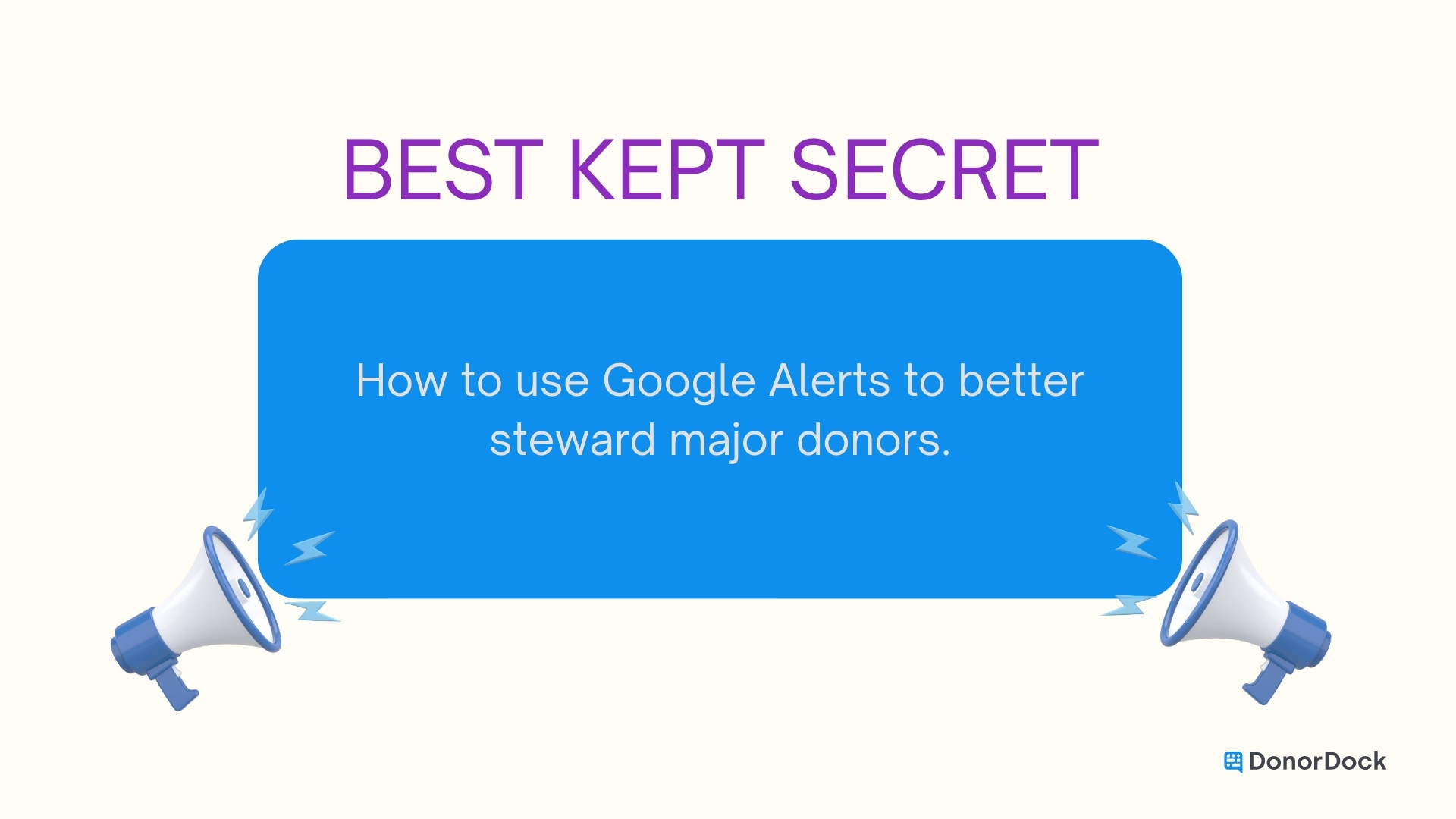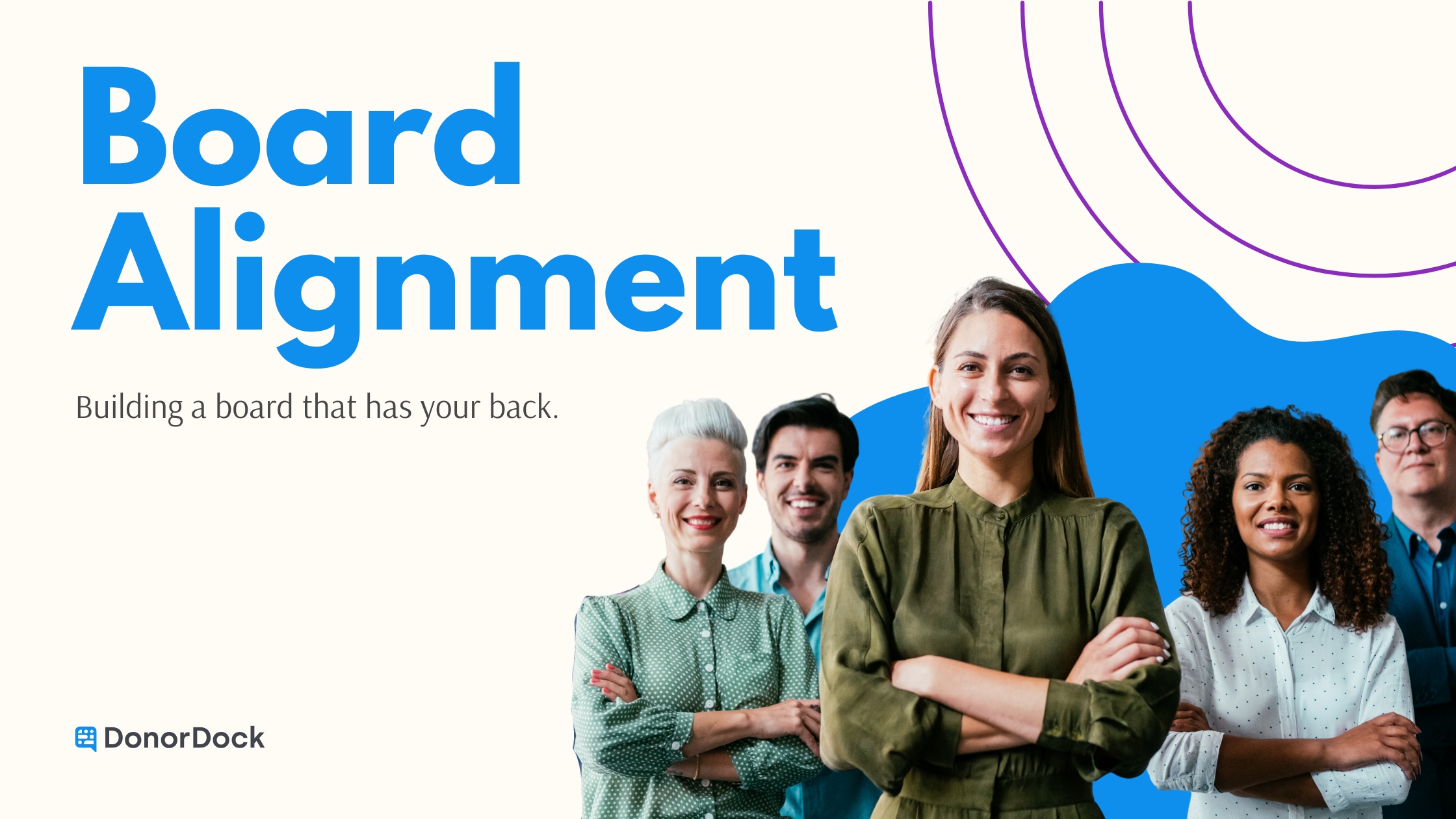Why is a fundraising infrastructure important?
Fundraising infrastructure is the base that will support your fundraising efforts. If you don’t have a solid foundation, then it is hard to build something that will last. Your passion to see positive changes in your community is likely what drove you to start or work with your nonprofit. There was a gap that needed to be filled. You jumped to meet it. Your passion is driving you forward, but without a solid fundraising infrastructure, burnout can happen.
Eddie Allen, from Pacific Northwest Fundraising, works with nonprofits to build a solid fundraising infrastructure and plan. When he realized that many Development Directors left their role without having raised even the cost of their own salary, he looked for the root of the problem.
“We kept coming back to one problem inside of the nonprofit world: that Development Directors failed about 80% of the time. It's a high turnover, a systemic turnover. When we did a deep dive on this, it was this lack of infrastructure... You get hired to be Development Director, but there's no donor base, no database, no follow-up, no branding, no marketing...It's almost an impossible task.”
- Eddie Allen, Pacific Northwest Fundraising
If you want to see success in your fundraising efforts, then building a fundraising plan needs to start with fundraising infrastructure.
How to build a fundraising infrastructure
Fundraising starts well before you ask donors to give to your organization. First, your team must align itself with the goals (both organizationally and financially), identity, and community of your nonprofit.
Get your staff and directors on onboard
The lack of fundraising infrastructure is a collective problem that requires a team approach to solve. You’ll need input from everyone on your team - from those serving as directors and staff to board members. If your team doesn’t tackle this as a group effort, then it is difficult to establish a goal that everyone is actively working toward.
It is important for everyone to see that they have a role in growing the nonprofit and contributing in a meaningful way. Let the people serving your nonprofit both have a voice and have meaningful tasks that add value.
Anna Larson at CCRI asks her team and board members to write thank you notes to the donors that they personally know. It’s a small ask that has a big impact on your donors and for your nonprofit.
Define your goals
Part of getting your staff on board is defining the goals of your nonprofit. What is the most important problem that you are trying to solve and how are you trying to solve that? What financial goals do you need to meet to be able to continue serving your community in this way?
Define your brand
When you understand your goals, you are able to build your brand.
Maybe building your brand sounds too commercial to you, You want to change your community not try to sell yourself!
But building a brand is about defining how your nonprofit will communicate your goals and mission to the world outside of your organization. If you have a cohesive brand, it is easier to make decisions about what and how you communicate. It simplifies the decision-making process around the types of fundraising campaigns that your nonprofit chooses to engage in.
Does it fit your brand? No? Then it doesn’t fit in with how you’ve defined your nonprofit or the goals you’ve set, so it isn’t worth it to pursue that idea.
Now that your team is on the same page and committed to your nonprofit’s goals and communication plan, it is time to assess your donor base.
To build your fundraising infrastructure you need to define your donor base
It’s important to have a clear understanding of who your donors are. Have most of your donors given once or are they recurring donors? Do they typically give for specific events or campaigns? Are you primarily supported by major donors who give larger gifts once a year or by donors who give smaller recurring gifts?
It’s important to assess your donor data to understand the demographic that is giving to your nonprofit. If you see an uptick in donations around a specific campaign, then you know that appeal hits at something that matters to your donors. When you understand your data, you can more strategically build your fundraising plan.
Knowing your donor base means building your database
If you are gathering your donor data, then you need to store it somewhere. There are many different options out there for your nonprofit, and it’s important to find the right fit. Maybe your data is currently being stored in a spreadsheet or you’re using a nonprofit CRM. Either way, you need something that your team feels confident and comfortable using. If your donor data isn’t stored in one place with a system that works well for you, then it isn’t serving your nonprofit. You need to engage with your regularly updated donor data to make impactful decisions for your nonprofit.
Plan for donor follow-up and build your fundraising plan
A strategic yearly fundraising plan is important to growing your nonprofit. Creating that plan is the natural follow-up to building your fundraising infrastructure. If you don’t have the staff to begin using a fundraising plan, then you should still create a simple follow-up plan with donors. A follow-up plan includes the basic touch points of your year. Will you follow up with donors once a year? Are there specific events or campaigns that you are already doing that you want to communicate to donors about? Assess at least two key touch points to connect with your donors over the year. Make sure to also plan time to thank your donors, as this is a key part of donor retention.

Conclusion
Developing your fundraising infrastructure is a key part of growing a successful nonprofit. Before you reach out to current and potential donors, get your staff and board on the same page. Fundraising is a group effort - one that everyone can contribute to in a meaningful way. Nail down your goals and brand, so that you make decisions that are inline with what is important to your nonprofit. Finally, define your donor base and decide how you’ll keep track of that information. Now you’re able to move forward building a strategic fundraising plan for your year!












